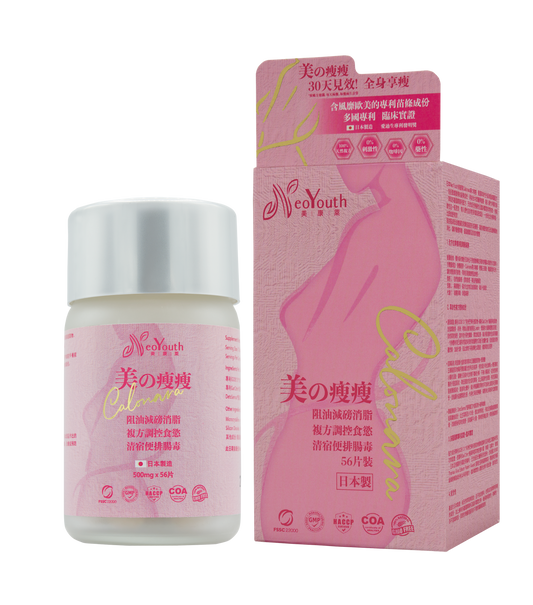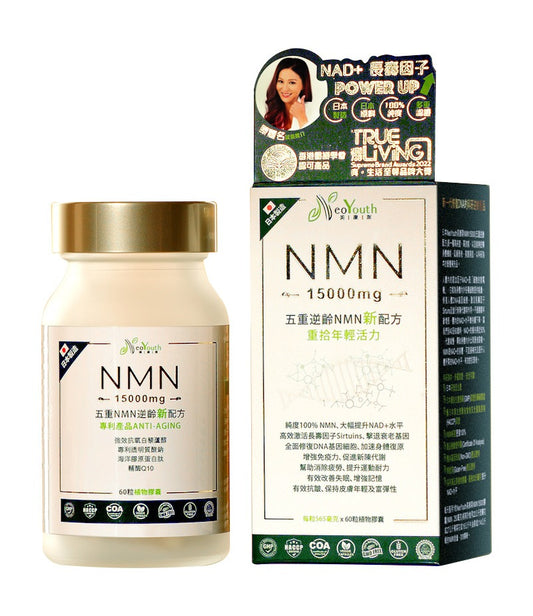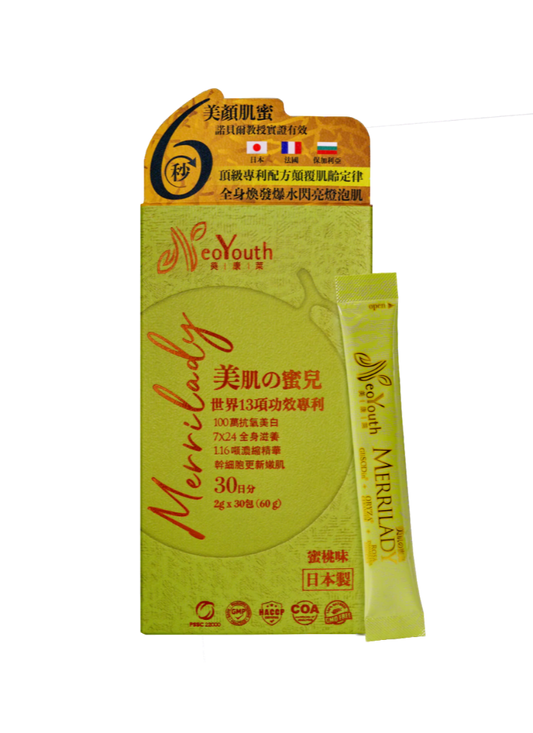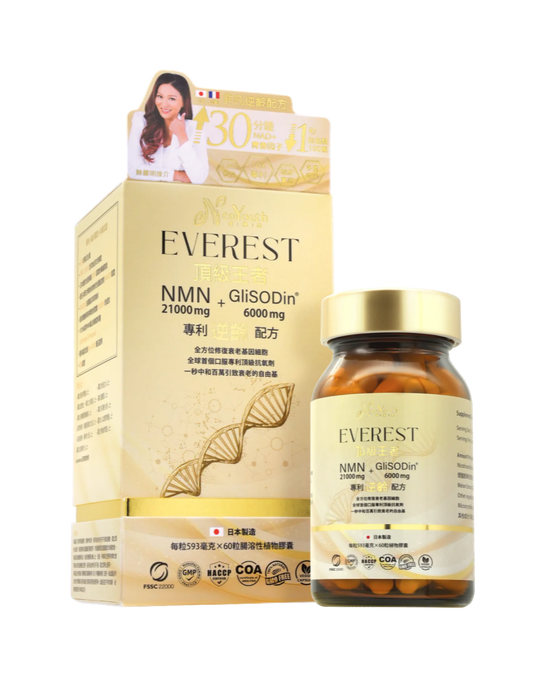People usually focus on the benefits of exercise, such as stress reduction and improved physical strength, but often overlook the downsides, such as exercise fatigue. This article will introduce the two main categories of exercise fatigue, discuss its causes, and finally recommend methods to relieve muscle fatigue.
The main causes of exercise fatigue
Exercise fatigue typically occurs after an athlete has been inactive for a long time and then suddenly engages in high-intensity, strenuous exercise. The next day, significant discomfort is common, including muscle soreness, joint pain, leg cramps, reduced athletic performance, and muscles feeling fatigued more easily than usual. It usually appears within 1 to 2 days of exercise and can take up to 5 to 7 days to completely subside. Continuing to exercise without properly managing exercise fatigue can lead to negative consequences, such as increased risk of injury, muscle strain, and even a weakened immune system.
The principles governing the relationship between movement and muscles, and the two main categories of exercise fatigue.
Before discussing exercise fatigue, it's essential to briefly explain the biological principles behind exercise and muscles. The human body is able to produce movement because the brain transmits signals to the muscular system through nerve cells called motor neurons. Upon receiving these signals, the muscles contract and exert force to perform the movement.
Exercise fatigue can be mainly divided into central fatigue and peripheral fatigue. Central fatigue is caused by excessive stimulation of the central nervous system, which leads to the central system protecting itself by inhibiting the transmission of signals from the brain to the muscles, thus hindering the muscle contraction. Peripheral fatigue is caused by the body producing fatigue metabolites after exercise, such as acidic hydrogen ions (H+) and phosphides (Pi) [1]. Their accumulation will hinder muscle contraction and also lead to muscle fatigue and soreness. After exercise, the body will consume a lot of nutrients, such as glycogen, water and electrolytes, which will cause the performance to decline due to nutrient loss, resulting in muscle fatigue.
In simple terms, exercise can lead to both central and peripheral fatigue. Central fatigue mainly slows down the brain's response to the muscles, resulting in muscle fatigue. Peripheral fatigue, on the other hand, causes fatigue metabolites and nutrient loss, leading to muscle fatigue and soreness. Both contribute to muscle fatigue from different angles.
Suggestions for relieving muscle fatigue
If you experience the fatigue symptoms mentioned at the beginning of this article after exercise, you can use the following methods to relieve or recover from the symptoms, which can be divided into three applicable situations: during exercise, shortly after exercise, and several hours after exercise.
During exercise, we can rest between sets. For example, during weight training, we can rest for about 30 to 120 seconds between each training set. This allows the central nervous system to be temporarily released from the stress of exercise, relieves fatigue in the brain center, improves the metabolic efficiency of muscles, allows muscles to recover, and eliminates peripheral muscle fatigue.
Shortly after exercise, especially strenuous activity that depletes electrolytes, excessive loss can cause peripheral fatigue. We can alleviate fatigue by consuming appropriate amounts of electrolytes through sports drinks and ensuring the body is adequately hydrated. Simultaneously, immediately engage in light stretching exercises, light warm-ups, or a 10-20 minute walk or jog to promote muscle recovery and blood flow, accelerate the removal of metabolic waste products generated during exercise, and eliminate muscle fatigue.
If you feel muscle tightness a few hours after exercising, you can try massage to relax your muscles to prevent them from remaining tight, reduce muscle soreness, and lower the risk of injury and cramps. In addition, sufficient sleep can also speed up the repair of muscles damaged during exercise and eliminate accumulated muscle fatigue.
In the long run, improving physical function before fatigue symptoms appear is also necessary, as better physical function can reduce exercise-induced fatigue. We can improve physical function through nutritional supplements. A more targeted approach is to directly supplement with protein, such as fitness enthusiasts drinking protein drinks to ensure sufficient protein intake to support muscle repair and recovery.
It comprehensively improves bodily functions and can reduce muscle fatigue.
In addition to targeted supplementation, we can also use comprehensive nutritional supplements. NeoYouth NMN15000+12000Ex , developed and manufactured in Japan, combines a five-fold NMN anti-aging formula. Each capsule contains 250 mg (β-nicotinamide mononucleotide) to promote metabolism. Continued use can improve athletic performance and reduce fatigue. The product also contains four additional formulas: 50 mg of resveratrol, which has anti-inflammatory effects and helps relieve inflammation after exercise; 50 mg of sodium hyaluronate to reduce joint friction and maintain joint health during exercise; 50 mg of marine collagen peptides to aid muscle growth and repair, which naturally eliminates muscle fatigue and improves athletic performance; and 50 mg of coenzyme Q10 to enhance vitality and exercise endurance, thereby reducing fatigue.
In addition, exercise depletes the body's antioxidants, weakening its antioxidant capacity and reducing the rate at which it eliminates free radicals. Once free radicals accumulate, they interfere with muscle repair, slow down muscle fatigue recovery, and may even increase the risk of injury during future exercise. Another flagship product , Everest NMN 21,000 mg + GliSODin®️ 6,000 mg from Japan, contains the super enzyme SOD, which can combat aging-causing free radicals, mitigate the damage and loss of bodily functions caused by oxidation, and maintain physical performance in the long run.
Note 1: Lactic acid, which is commonly known as lactic acid, is not the cause of exercise fatigue. This was a misconception in the early days of sports science. However, empirical research in sports science over the past decade has clarified that lactic acid is merely an indicator of fatigue, but not the direct cause of exercise fatigue.
Reference:
1. https://essendondfl.com.au/unravelling-the-mystery-of-central-nervous-system-fatigue-in-sports-performance/
2. https://hk.running.biji.co/index.php?q=news&act=info&id=3887
3. https://fitz.hk/sports/运动科学-乳酸会“导致”疲累吗/
4. https://str-health.com/article/251
5. https://fitz.hk/sports/running/runningknowledge-fivemethodstorefatigue/
6. https://medium.com/健人日记/运动超超让你成为更加老-免费基是重点-52803c14220f





